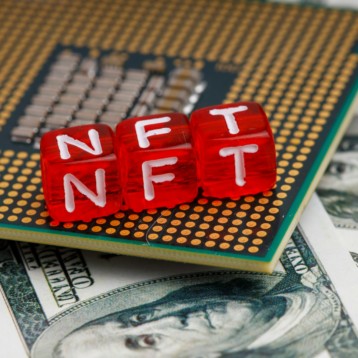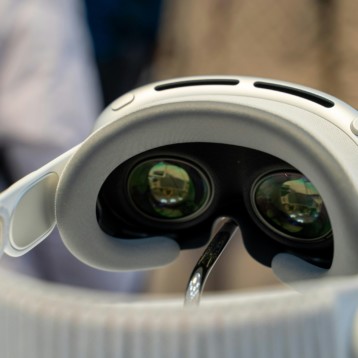|
eCoupled relies on a well known principle of physics called “inductive coupling” – a process in which energy is transferred from one circuit component to another through a shared magnetic field. This kind of power transmission isn’t limited to physically connected devices, since the change in the current flow of one device is caused by the influence of the other device on the magnetic field between them. Fulton’s technology consists of an inductively coupled power circuit that dynamically seeks resonance, continuously communicating with a primary supply circuit, which monitors each device within its control range and supplies it with the determined optimal amount of power to keep it at peak efficiency.
The scientists say eCoupled overcomes the limitations of spatial rigidity, static loads and unacceptable power losses often associated with wireless systems, intelligently adapting to multiple loads – from milliwatts to kilowatts, reportedly reaching energy transfer efficiencies of approximately 98%. At the CES, the company demonstrated the wireless transmission of 1.4 kilowatts, which is the maximum power transfer achieved by eCoupled to date. The technology is currently limited to a distance of about 2 centimeters, over which power can be transmitted without interfering with other short-range signals.
At the company’s booth at the CES, eCoupled was demonstrated on a variety of devices. Fulton showed how a small cradle with embedded eCoupled technology could wirelessly charge any electrical device that was placed in it, such as a cell phone, PDA, MP3 player, etc. A similar device lighted up a variety of light bulbs, from the traditional incandescent bulbs to halogen, fluorescent and neon bulbs. The company also showed off its “smart” tabletop, which was embedded with eCoupled technology and was able to supply power to about anything that was put on its surface – from heating up kettles and frying pans to charging laptops and lighting up light bulbs by selectively transmitting the exact amount of electricity required by each of these devices. “We envision that this becomes ubiquitous and the standard for providing power wirelessly in a whole variety of portable and not so portable devices” – said Dave Hazlett, Director of Business Development at Fulton Innovations.
|
One of the core issues the company focused on during the development stage was the safety of such wireless communications. Fulton has developed a unique identification protocol, which has the ability to authenticate any eCoupled-enabled device within its range. If the “base station” does not immediately recognize the component, it won’t supply it with power. The base station can also determine whether a certain device requires power at all – for example, if a given component is fully charged, the primary power supply will stop the energy transfer.
According to Fulton, eCoupled can be applied to all products that require electric power. In fact, this technology has already been used in Alticor’s eSpring water purification systems, which use ultraviolet light technology to remove contaminants and destroy bacteria and viruses that reside in tap water. eCoupled technology helped eSpring engineers solve some of the challenges they faced at the time, including the unwanted heating of the water, caused by the ultraviolet lamp. The technology allowed for high-powered wireless energy transfer to the lamp, reducing energy consumption and ambient heat.
Fulton is currently working on a technology that will allow the base station to be incorporated inside a desktop, so that eCoupled-connected devices could be charged simply by being placed over certain spots.
TFOT previously covered other wireless power transmission technologies, such as the wireless charging pad invented by “WildCharge”, and a wireless power transmission method that was developed by MIT scientists. Using this method, the scientists succeeded to light a 60 watt light bulb wirelessly from a distance of about 2 meters. You can also check out the levitating wirelessly-powered light bulb presented this year at the Sonar Exhibition in Barcelona by artist Jeff Lieberman from Cambridge, Massachusetts.
More on eCoupled’s technology can be found on Fulton Innovation’s official website. You can see several video demonstrations of eCoupled’s technology on the following links: video 1, video 2, video 3.












